Are You Spiritual? Here Are 8 Ways You May Be Fooling Yourself!!
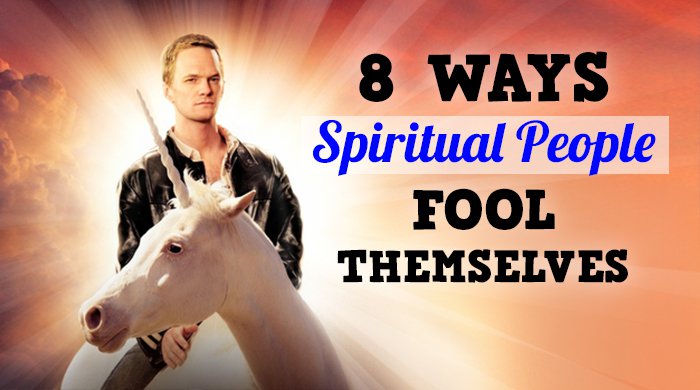
Who is more aligned with their path of spiritual evolution?
- A person sitting in a lotus position, taking deep breaths and in perfect composure?
- Or a person curled up in a ball, crying hysterically?
If we base our answer on everything we have learned from “new age” philosophies and most spiritual teachings out there, I think it’s fair to say that the person meditating wins. He/she appears peaceful, at ease, and detached. Now I’m not about to “shock” you and say that the opposite is true. But I would argue that this image is just that: an image.
This is why:

Even the most peaceful, composed, and “spiritually correct” person in the world can be completely out of alignment with themselves, even more than someone who isn’t into spirituality at all. How come? Well… because of our tendency to be dishonest with ourselves. I say this from experience: no amount of sophisticated spiritual jargon has been able to aid my evolution more than an honest look at my raw, vulnerable self.
P.S. I don’t mean to say that all spiritual people fool themselves. These are simply traps that I have noticed are common in the spiritual community, and which I myself have fallen for on occasion.
HERE ARE 8 WAYS SPIRITUAL PEOPLE CAN FOOL THEMSELVES:
1. I Have To Feel Good And Stay Positive All The Time
Translation: I’m terrified of feeling pain.
This belief is quite common among the “positive thinking” community. Now there is nothing wrong with thinking positively, but using the power of thought to gloss over any surfacing negative emotions is one of the biggest blocks to our spiritual growth. Why? Because what our souls actually desire is to become whole again. And this means reconnecting with all the fragmented aspects of ourselves (fears, negative beliefs, past emotional traumas) we have dissociated from so that we may acknowledge and transform them.
 Newsflash: That’s NOT going to happen if we continually avoid and suppress them. It’s not going to happen if we perceive them as enemies and invaders. The truth is, each and every painful emotion that is surfacing in our lives is like a child in distress. When we repress them, it is as if we purposely lock this child self into a room, forcing it to relive a trauma alone and behind closed doors while we look the other way. In other words, it is self-abuse.
Newsflash: That’s NOT going to happen if we continually avoid and suppress them. It’s not going to happen if we perceive them as enemies and invaders. The truth is, each and every painful emotion that is surfacing in our lives is like a child in distress. When we repress them, it is as if we purposely lock this child self into a room, forcing it to relive a trauma alone and behind closed doors while we look the other way. In other words, it is self-abuse.
“That’s the thing about pain. It demands to be felt.”
– John Green
Being completely emotionally honest with ourselves takes bravery. It means putting ourselves right into the very emotions we have spent our lives shielding ourselves from feeling again. But once you allow yourself to feel and release what is stored inside of you, you are basically letting your brain and body know that it is now safe to feel, that you are no longer in the scary situation that created the trauma in the first place, and that you are now ready to learn from it and and move on to better things.
It can help to have a friend or an animal holding space for you while you release emotion, because it is important to feel safe. You will find that when you make it a habit to feel and release the emotional charges that are stuck in your body, the lightness you will feel will be more worth it than all the effort put into avoiding and suppressing!
P.S. If there were really something wrong about feeling all ranges of emotions… your soul wouldn’t have chosen to incarnate in a body capable of feeling them all!
2. I Behave Spiritually, Therefore I Am Growing Spiritually!
Translation: I’m really just scared and confused. So I’ll keep repeating “love n’ light!”
 Many spiritual people believe that a “spiritual” behavior is all that is required to be on the “spiritual” path; that if you say loving words, follow spiritual principles, and act like Jesus, you’re pretty much enlightened. Well… let me just say that the most emotionally wounded and ‘in-denial-about-it’ people I have ever met had a very strong spiritual ethic and personality. I know because I have been one of them.
Many spiritual people believe that a “spiritual” behavior is all that is required to be on the “spiritual” path; that if you say loving words, follow spiritual principles, and act like Jesus, you’re pretty much enlightened. Well… let me just say that the most emotionally wounded and ‘in-denial-about-it’ people I have ever met had a very strong spiritual ethic and personality. I know because I have been one of them.
Spiritual people often fall into the trap of using their understanding of spiritual concepts to feel like they are above emotions and duality. This defeats the whole purpose of our soul, which is to learn from emotions and duality through our own felt experience — not just through theory!
“Spiritual Bypassing: A term first coined by author John Welwood. The spiritual bypass is the tendency to jump to spirit prematurely, usually in an effort to avoid various aspects of earthly reality (practical challenges, unresolved emotions and memories). The bypass has many symptoms – the starry-eyed bliss trip, radical detachment from one’s self-identifications, premature forgiveness, ungrounded behaviors, wish-full thinking etc.”
– Jeff Brown
There is a purpose and lesson behind every emotion and feeling, and simply adjusting and focusing on our behavior prematurely is pulling us away from where our greatest learning is.
3. I Use Self-Conviction To Make Me Feel Like I’m On The Right Path
Translation: I’d rather live through the safe stories I tell myself than trust my intuition.
 Have you ever noticed yourself going overkill with grand speeches and declarations of why something is right (or wrong) for you, whether it be a “twin flame,” a job, or a new year’s resolution? Now that doesn’t mean it must necessarily be wrong for you, just like it doesn’t mean it must be right. It just means that using self-conviction is a process of mental rationalization, not of intuition.
Have you ever noticed yourself going overkill with grand speeches and declarations of why something is right (or wrong) for you, whether it be a “twin flame,” a job, or a new year’s resolution? Now that doesn’t mean it must necessarily be wrong for you, just like it doesn’t mean it must be right. It just means that using self-conviction is a process of mental rationalization, not of intuition.
When we do this, we are much more likely to fool ourselves into something that doesn’t align with our true self. No big deal though, because following through on a choice that is out of alignment will eventually teach us that we are better off trusting and being honest with our intuition and feelings — a lesson that usually gets learned once our illusion crashes.
Many times, I have convinced myself of things to make me feel “good” about a decision or situation despite a nagging suspicion that something isn’t right. And many times, I have screwed myself! So now, I do my best to follow my intuition instead of getting lost in my mind. The best part is, when we stop fooling ourselves, we automatically become more honest with others. This guarantees more fulfilling relationships and the dissolution of fake ones!
“Our lives improve only when we take chances and the first and most difficult risk we can take is to be honest with ourselves.”
– Walter Anderson
The tricky part is that sometimes, our intuition leads us directly toward a choice that would make us face a fear or difficult emotion, which is precisely why we often rationalize ourselves out of taking the leap of faith. That’s why following our intuition often requires courage. Although I promise you… the maturity, wisdom, alignment, and freedom gained from following it is always worth it in the end!
“You get your intuition back when you make space for it, when you stop the chattering of the rational mind.”
– Anne Lamott
4. I Preach When I Feel On Top Of My Game, But Blame When Triggered
Translation: I’ve got Issues.

We reaaaaaally need to get off our high horses, or perhaps I should say, our “spiritual unicorns.” Sure, preaching may make us look wise and majestic for a while, but at what cost? At the cost of not ACTUALLY evolving. It prevents us from truly growing and maturing from the inside out. Now it doesn’t mean we can’t offer valuable wisdom even if we still deal with personal issues. But we shouldn’t wear our wise insights like a badge, only to resist growth when it’s our turn to feel vulnerable.
We should actually embrace it when our foundation gets shaken. Many of us think we must fight to stay on our comfortable throne, yet little expansion and joy exists there. True expansion and joy happens when we embrace the fact that our vulnerability connects us all.
We’re all human, and we’re all vulnerable. Imagine how warm, compassionate, and friendly this world would be if we weren’t so busy hiding, suppressing, and feeling shame for the things we all learn and experience! In such a reality, anyone acting preachy and denying their own vulnerability would actually be the odd ones.
Being transparent is scary, I know. But the RIGHT people will LOVE you for being real, for being you. It’s always the wrong people that love you for your image.
5. I Use Spiritual Perspectives To Bypass Human Emotions (THIS ONE IS KEY!)
Translation: I want to get to my destination quickly and bruise free. I resist and devalue the journey towards it.
 This is something I’ve done quite a bit, and with the best intention. Of course I want to remind myself that everything happens for a reason when I feel hurt and heartbroken after a difficult breakup. Of course I want to remind myself that every soul is made of love when I believe that I shouldn’t feel anger or rage toward someone who has betrayed me. But this is a HUGE problem among the spiritual community: the belief in shoulds and shouldnt’s when it comes to emotions. The belief that anger, fear, and grief aren’t as much a part of our spiritual progress as feelings of love and transcendence.
This is something I’ve done quite a bit, and with the best intention. Of course I want to remind myself that everything happens for a reason when I feel hurt and heartbroken after a difficult breakup. Of course I want to remind myself that every soul is made of love when I believe that I shouldn’t feel anger or rage toward someone who has betrayed me. But this is a HUGE problem among the spiritual community: the belief in shoulds and shouldnt’s when it comes to emotions. The belief that anger, fear, and grief aren’t as much a part of our spiritual progress as feelings of love and transcendence.
The thing is, we actually ARE headed toward a state of consciousness where we can feel the beauty and value of every challenge and every soul. But every single one of the emotions that come up along the way should be valued as stepping stones, each containing a valuable lesson designed to bring us closer to that state.
“Anger is a river. It wants to be released into the vaster ocean. It wants to move naturally. When we repress it with premature forgiveness, block it with false positivity, repress it in the name of pseudo-peace, we just dam(n) our natural flow. The river then turns inward, against the self, or explodes outwardly, against innocents. Better we express it when it is in our awareness – not in a way that is destructive to humanity – but in a way that is authentic and that restores the integrity of our being. Anger isn’t the enemy. Misplaced anger is. Let the river flow…”
– Jeff Brown
The truth is, anger, fear, and grief can be amazing catalysts for change and transformation when embraced. For example, anger is a very potent energy to get you moving and clear up the clutter in your life, whether it be toxic people, situations, or limiting beliefs. It doesn’t need to be destructive or vengeful; it is a fire that should be used to fuel positive action. Once you have made the appropriate changes, you no longer need it and can move to a higher vibration.
Fear is also a valuable emotion. It points you to another layer of your being that needs peeling so that you may experience greater freedom past it. It shows you where your growth is. Grief thrusts us into our deepest wounds of separation so that we may find ourselves again. It has the power to shatter our illusions and reconnect us with what truly matters.
So go ahead and feel it all! You are not alone in this.
“Real shadow work does not leave us intact; it is not some neat and tidy process, but rather an inherently messy one, as vital and unpredictably alive as birth. The ass it kicks is the one upon which we are sitting; the pain it brings up is the pain we’ve been fleeing most of our life; the psychoemotional breakdowns it catalyzes are the precursors to hugely relevant breakthroughs; the doors it opens are doors that have shown up year after year in our dreams, awaiting our entry. Real shadow work not only breaks us down, but breaks us open.”
– Sera Beak, Red Hot and Holy
6. I Can Talk/Read About Spiritual Growth All Day, Yet Avoid Using My Own Life As My Teacher

That’s kind of like reading a bunch of video game strategy guides, but never actually playing. The actual fun, the “levelling up” and the progression, happen as you play it!
Many spiritual people understand the mechanics of personal and spiritual growth like the backs of their hands. I’m pretty knowledgable about it myself. I know that we create our own reality, that life is literally a reflection of the thoughts, emotions, and energy we put out, and I even know the science behind it. So it’s sort of ironic that I still sometimes manage to remove myself from this equation. I sometimes believe myself to be a victim of circumstances and slip into a passive attitude toward my life, ignoring my own guidance and cues to move forward. This usually happens when I forget that my life itself IS my purpose and mirrors what is necessary for me to evolve.
Our lives are meant to be lived, our feelings are meant to be felt, and our challenges are meant to be learned from. All of our experiences — internal and external — are like quests in a video game, designed to bring us to the next level. So let’s play!
“If we can live life consciously and authentically—understanding that things do not happen to us, but rather for us—we can use everything that comes into our lives to our benefit. We can locate all the barriers that keep us from beauty, love, abundance, intimacy, joy and good health.”
– Erin Lanahan
7. I Have Found The Truth! Let Me Anchor That In Forever And Shut Down Any New Perspectives
Translation: I am forgetting that I am a unique, fluid, and ever-changing being on a unique, fluid, and ever-changing path that adapts to what I need to learn in any given moment.
What we need in one stage of our lives may be completely different from what we need in another. What feels right one day may not feel right the next. And there’s a reason for this. We are unique and multi-layered beings. Sometimes, we hit layers that require us to learn commitment and goal-setting. Other times, we hit layers that require us to learn flexibility and “going with the flow.” We may at one time need to learn compassion and softness, while at another time need to learn firmness and resolve.
 The problem is when we become set on ideals rather than staying tuned to our intuition (similar to what we talked about in #3). Our paths and lessons adapt to what is best and most important for our evolution. When we get stuck in our minds and adopt a fixed spiritual ideal, we miss out on the actual cues that our feelings, intuition, and life experiences whisper to us.
The problem is when we become set on ideals rather than staying tuned to our intuition (similar to what we talked about in #3). Our paths and lessons adapt to what is best and most important for our evolution. When we get stuck in our minds and adopt a fixed spiritual ideal, we miss out on the actual cues that our feelings, intuition, and life experiences whisper to us.
As much as the truth may very well be that we are all one consciousness experiencing itself subjectively and that we are a way for the universe to know itself… well, it seems the universe wants to know itself through very UNIQUE perspectives and paths. We are not meant to live in a synchronized fashion and all move the same, think the same, and feel the same. We are here to be complimentary to one another, much like a puzzle requires unique pieces to create a beautiful image.
8. I Am “So Spiritual,” But Forget To Treat Others Like I’d Want To Be Treated
Translation: I skipped the most basic yet important step to my own spiritual growth, which is to be an expression of love.
It might sound cliché, but Jesus had it right. It doesn’t matter if you have read all the books or mastered all of your spiritual abilities; if you keep all of that magnificent love, generosity, care, and compassion locked in a little cellar within your heart… you have missed the entire point of your spiritual growth. You are still operating out of fear and need to clear out whatever barrier is preventing you from accessing the loving being that you are. The world needs you!
I once met someone who disregarded the importance of love because he believed it was too much of a cliché and cookie-cutter approach to spirituality. What I would say to that person today is that, regardless of how different and unique every flower within a garden may be, you wouldn’t want to water any of them with poison. You would ideally use the purest water to see them thrive and beautify the environment in their own unique way. The same goes with human beings. If there is one universal law that applies to us all, I believe it is that we thrive best in the vibration of love. If we can all strive to grow into more loving, compassionate, and authentic versions of ourselves, what a wonderful world this would be!
“A human being is a part of the whole called by us universe, a part limited in time and space. He experiences himself, his thoughts and feeling as something separated from the rest, a kind of optical delusion of his consciousness. This delusion is a kind of prison for us, restricting us to our personal desires and to affection for a few persons nearest to us. Our task must be to free ourselves from this prison by widening our circle of compassion to embrace all living creatures and the whole of nature in its beauty.”
― Albert Einstein
Source:
http://www.collective-evolution.com/2016/06/19/are-you-spiritual-here-are-8-ways-you-may-be-fooling-yourself/
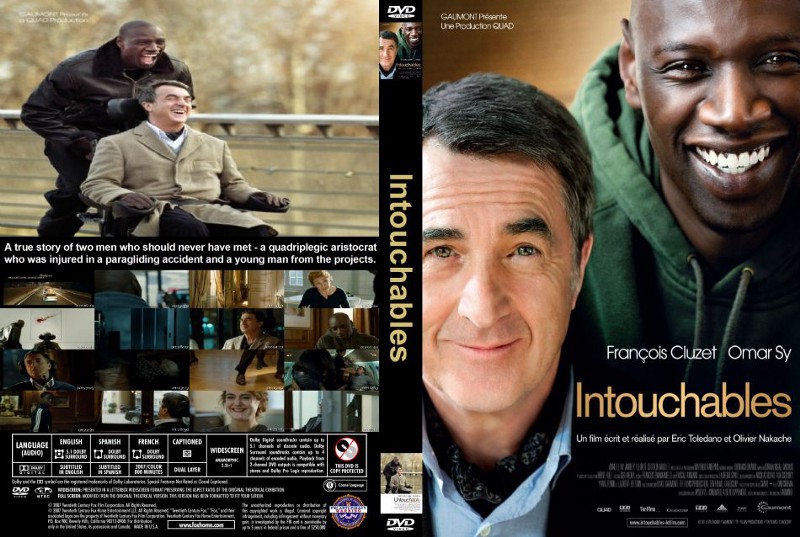

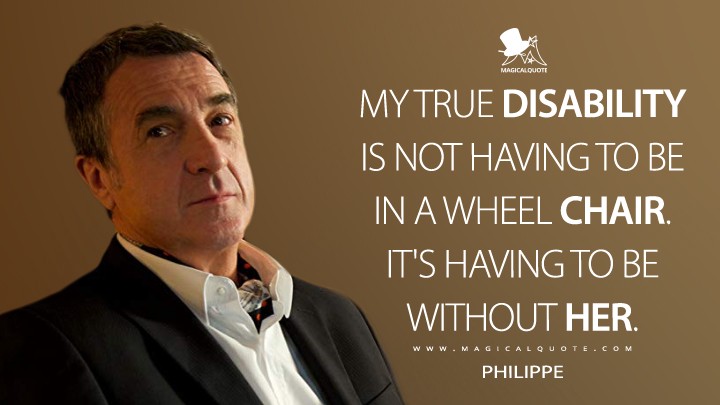





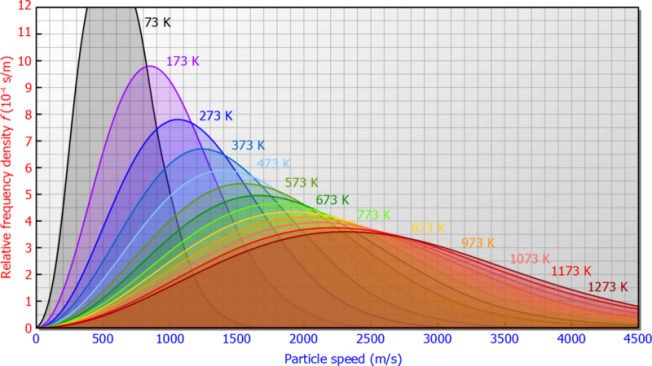



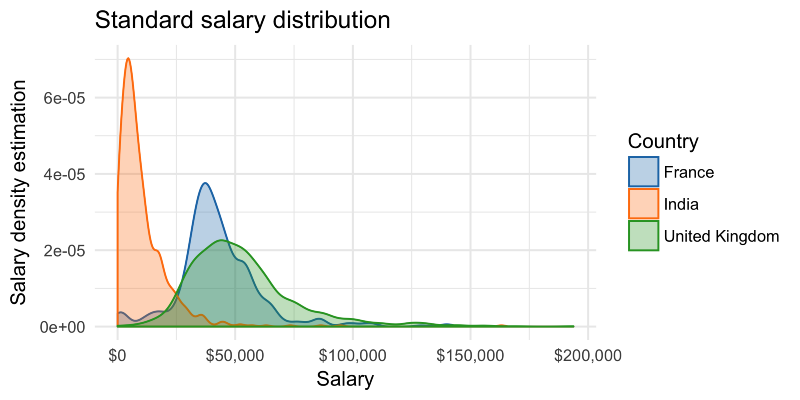
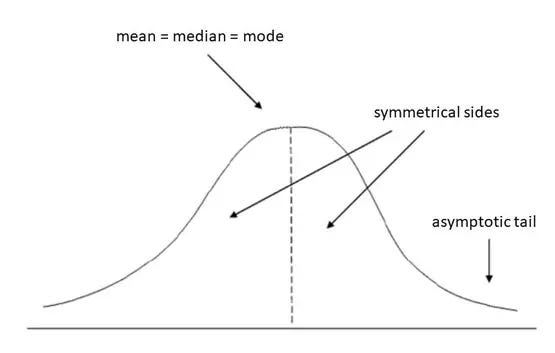
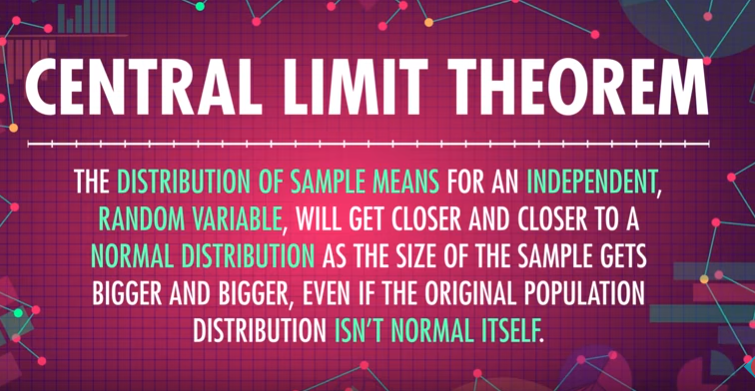
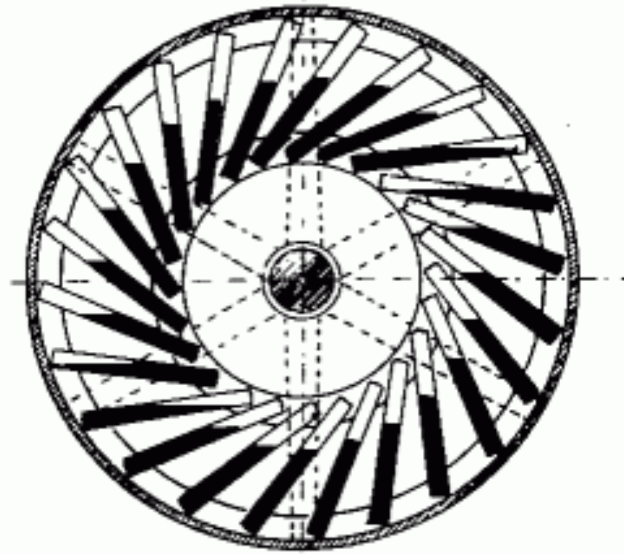




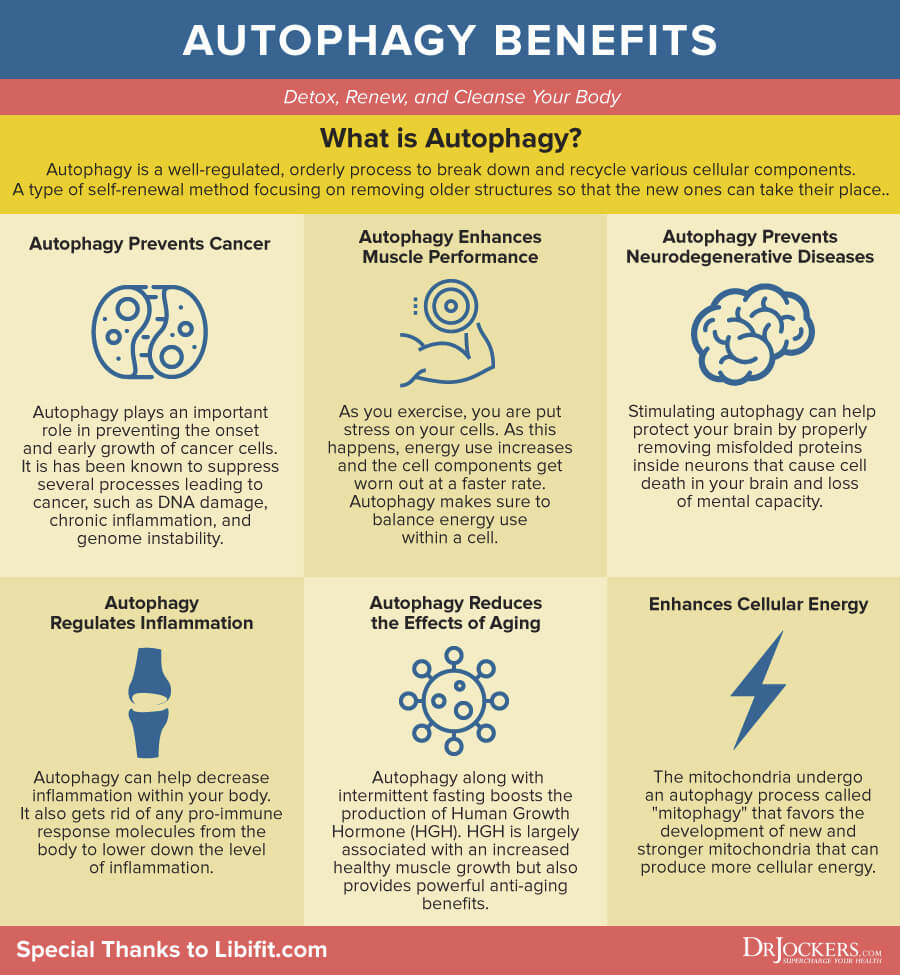






 Newsflash: That’s NOT going to happen if we continually avoid and suppress them. It’s not going to happen if we perceive them as enemies and invaders. The truth is, each and every painful emotion that is surfacing in our lives is like a child in distress. When we repress them, it is as if we purposely lock this child self into a room, forcing it to relive a trauma alone and behind closed doors while we look the other way. In other words, it is self-abuse.
Newsflash: That’s NOT going to happen if we continually avoid and suppress them. It’s not going to happen if we perceive them as enemies and invaders. The truth is, each and every painful emotion that is surfacing in our lives is like a child in distress. When we repress them, it is as if we purposely lock this child self into a room, forcing it to relive a trauma alone and behind closed doors while we look the other way. In other words, it is self-abuse. Many spiritual people believe that a “spiritual” behavior is all that is required to be on the “spiritual” path; that if you say loving words, follow spiritual principles, and act like Jesus, you’re pretty much enlightened. Well… let me just say that the most emotionally wounded and ‘in-denial-about-it’ people I have ever met had a very strong spiritual ethic and personality. I know because I have been one of them.
Many spiritual people believe that a “spiritual” behavior is all that is required to be on the “spiritual” path; that if you say loving words, follow spiritual principles, and act like Jesus, you’re pretty much enlightened. Well… let me just say that the most emotionally wounded and ‘in-denial-about-it’ people I have ever met had a very strong spiritual ethic and personality. I know because I have been one of them. Have you ever noticed yourself going overkill with grand speeches and declarations of why something is right (or wrong) for you, whether it be a “twin flame,” a job, or a new year’s resolution? Now that doesn’t mean it must necessarily be wrong for you, just like it doesn’t mean it must be right. It just means that using self-conviction is a process of mental rationalization, not of intuition.
Have you ever noticed yourself going overkill with grand speeches and declarations of why something is right (or wrong) for you, whether it be a “twin flame,” a job, or a new year’s resolution? Now that doesn’t mean it must necessarily be wrong for you, just like it doesn’t mean it must be right. It just means that using self-conviction is a process of mental rationalization, not of intuition.
 This is something I’ve done quite a bit, and with the best intention. Of course I want to remind myself that everything happens for a reason when I feel hurt and heartbroken after a difficult breakup. Of course I want to remind myself that every soul is made of love when I believe that I shouldn’t feel anger or rage toward someone who has betrayed me. But this is a HUGE problem among the spiritual community: the belief in shoulds and shouldnt’s when it comes to emotions. The belief that anger, fear, and grief aren’t as much a part of our spiritual progress as feelings of love and transcendence.
This is something I’ve done quite a bit, and with the best intention. Of course I want to remind myself that everything happens for a reason when I feel hurt and heartbroken after a difficult breakup. Of course I want to remind myself that every soul is made of love when I believe that I shouldn’t feel anger or rage toward someone who has betrayed me. But this is a HUGE problem among the spiritual community: the belief in shoulds and shouldnt’s when it comes to emotions. The belief that anger, fear, and grief aren’t as much a part of our spiritual progress as feelings of love and transcendence.
 The problem is when we become set on ideals rather than staying tuned to our intuition (similar to what we talked about in #3). Our paths and lessons adapt to what is best and most important for our evolution. When we get stuck in our minds and adopt a fixed spiritual ideal, we miss out on the actual cues that our feelings, intuition, and life experiences whisper to us.
The problem is when we become set on ideals rather than staying tuned to our intuition (similar to what we talked about in #3). Our paths and lessons adapt to what is best and most important for our evolution. When we get stuck in our minds and adopt a fixed spiritual ideal, we miss out on the actual cues that our feelings, intuition, and life experiences whisper to us.